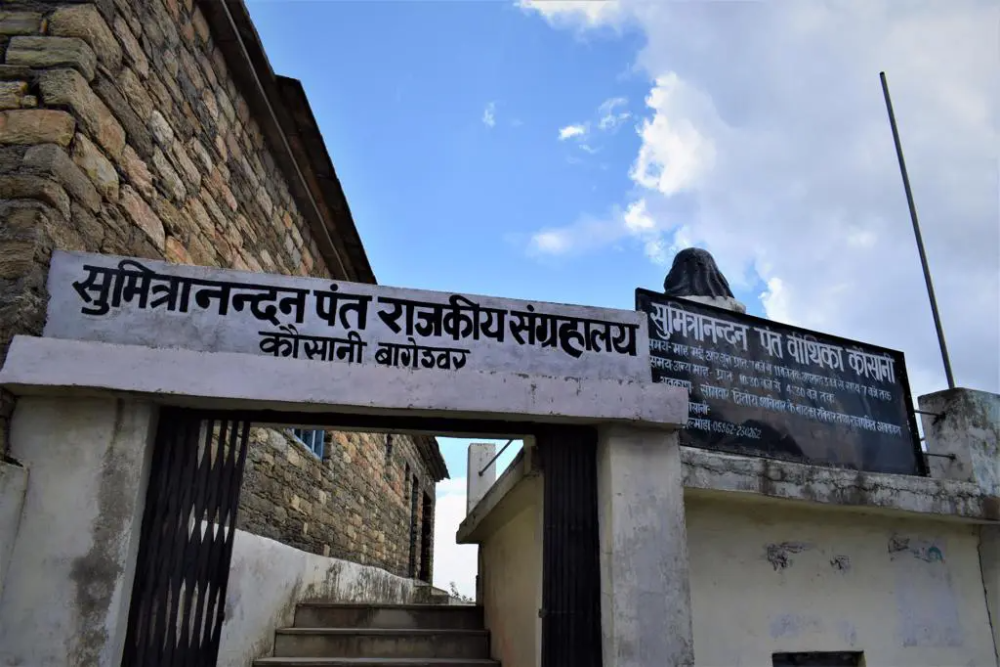

Nestled in the quaint hill station of Kausani in Uttarakhand, India, the Sumitranandan Pant Museum is a literary and cultural beacon that pays homage to Sumitranandan Pant, one of the most celebrated 20th-century Hindi poets. Dedicated to his life and works, the museum offers a serene retreat for lovers of poetry and literature, set against the backdrop of the majestic Himalayas.
The museum itself is the childhood home of the poet, which has been converted into a repository of his literary legacy. Tourism in Kausani began to flourish with the town's recognition as a scenic vista that offers panoramic views of the Trisul, Nanda Devi, and Panchachuli peaks, among others. The establishment of the Sumitranandan Pant Museum further enhanced the town’s appeal to tourists, especially those with an inclination towards Indian literature. The museum was inaugurated to commemorate the poet's birth anniversary and has since been an integral part of the region's cultural tourism.
Visitors to the museum can explore the numerous manuscripts, draft copies of the poet’s works, letters, and other artefacts that provide insight into Pant's life and his passion for nature and humanity. The museum also exhibits awards received by the poet, including the prestigious Jnanpith Award and Padma Bhushan.
Lately, tourism trends are showing a shift towards experiential and educational visits, with tourists seeking meaningful engagement with the places they visit. Institutions like the Sumitranandan Pant Museum offer visitors not just a glimpse into the poet's world, but also the chance to partake in interactive sessions and poetry readings that are sometimes organized within its verdant surroundings.
Ideally visited between the months of April to June and September to November, the museum provides an added dimension to the natural allure of Kausani. Tourists can combine their visit with other nearby attractions, such as the Anashakti Ashram where Mahatma Gandhi stayed, or the tea gardens that dot the landscape.
The Sumitranandan Pant Museum, by virtue of its dedication to a stellar figure in Hindi literature, has also had a significant impact on the cultural education of both the locals and tourists. It has become a place of pilgrimage for students, scholars, and aficionados of Hindi poetry, further nurturing the poet's legacy and reinforcing the importance of literature in India's cultural tourism landscape.